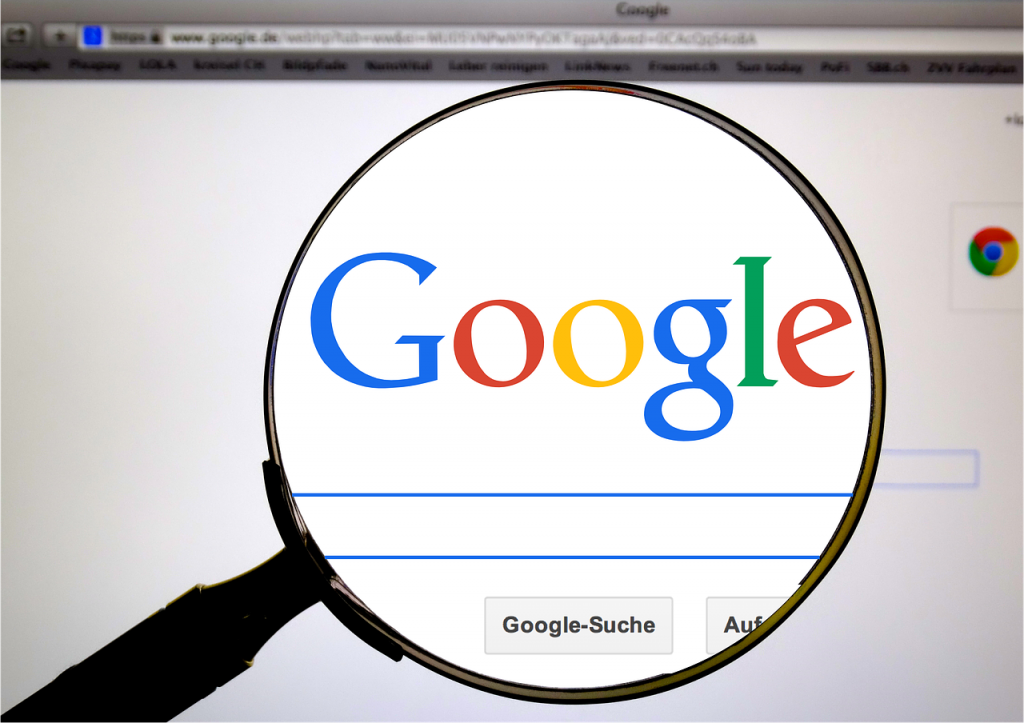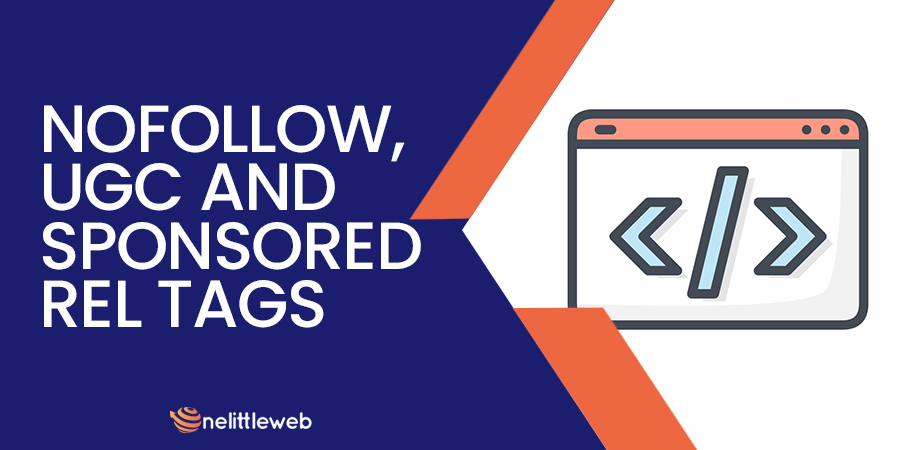If you’ve been managing a website for long, you already know that SEO changes all the time. Sometimes, the change is minor while some changes can give a shakeup to your ranking.
In the last few years, Google has brought so many changes in the algorithm for a better understanding of the web.
However, while those changes help the search engine giant, the publishers remain confused about a lot of things. Google’s latest new changes are just an example of that confusion.
While reading this article, you will learn about some new terms like NoFollow, UGC, and Sponsored Rel Tags.
What are The Big Changes?
On September 10, 2019, Google announced a big change in how they are going to treat the NoFollow link attribute. They introduced two new attributes while redefining the NoFollow one.
As you know, the job of search engines like Google is to keep their users away from spam and direct them towards high-value, high-quality, and relevant content.

There’s no doubt that Google brought those changes to make their crawlers understand the content better. As a publisher or SEO agency, it’s your job to understand how search engines work and optimize your site accordingly.
So, what are the attributes that Google introduced?
- NoFollow (redefined)
- UGC
- Sponsored Tags
Apart from these three attributes, there’s also a “default” value. It means no values are attributed to that particular link.
A Brief Idea About The New NoFollow
15 years ago, Google introduced the NoFollow attribute to remove the value of content that is of no use, such as advertising links and comment spam. It commanded Google not to give any credit to those links.
Since then, it has been an important attribute for link building activities among publishers. However, since the internet world has changed a lot, Google realized they should be more specific on how they should treat the NoFollow attributes.
So, what changes have they brought to the new NoFollow?
Traditionally, Google ignored the NoFollow links, especially where ranking and crawling are concerned. However, with these new changes, the search engine giant has decided that they will choose whether they will crawl them or not.
By March 2020, The changes were supposed to come into full effect. However, according to some SEO experts, Google might have been using those attributes long before the announcement.
Why Google Has Made Those Changes
So, why did Google change the NoFollow? The answer is quite simple – it wanted to take back the link graph.
Before introducing these new attributes, Google treated sponsored or paid links as NoFollow and penalized the publishers if they took anything of value in exchange for linking out without using this attribute.
Because of this behavior of Google, popular websites such as Wikipedia and Forbes applied NoFollow across their entire websites, which made the link graph less useful for the search giant.
That’s why Google decided to treat the NoFollow attribute as “hints,” which lets them incorporate these signals into their algorithms more accurately.
What are UGC & Sponsored Rel Tags
As you already know Google has introduced two more attributes, UGC and Sponsored Rel Tags, you must be wondering what their purposes are. Let’s get into them.
UGC
The UGC or User Generated Content refers to reviews, comments, and some forum posts that can have a huge impact on the value of a brand in the eyes of a consumer.
These tags can be used in the place of NoFollow Tags. While it’s not mandatory, it’s recommended to use the attribute for links within user-generated content.
The attribute looks like the following:
<a href=”http://www.abc.com/” rel=”ugc”>Link text</a>
The UGC isn’t quite useful for your ranking. However, Google suggested using them to avoid the plethora of spammy links and comment spam. If the UGC is created by a reliable contributor, you don’t need to use the attribute.
Sponsored Rel Tags
Sponsored Rel Tags are used to identify the content on your site that was created as part of the sponsorship, advertisement, or any sort of paid campaign.
The attribute looks like this:
<a href=”http://www.abc.com/” rel=”sponsored”>Link text</a>
The tag acts as a hint to Google that this link is for some kind of paid campaign and tells it not to crawl this part.
How to Use These Attributes
If you have been using only the NoFollow attribute to tell Google not to index a particular page, these new attributes can be confusing to you.
However, using these attributes isn’t rocket science. According to the general guideline of Google, you should implement the link as per the following instruction.
NoFollow: for all nofollow links that won’t be used for ranking, crawling, or indexing purposes.
UGC: links into all the user-generated content, except the one from the trusted contributor.
Sponsored: all sponsored or paid links such as affiliate links, advertisements, etc.
Will You be Penalized by Not Implementing Those Changes
No, you will not receive any penalty if you choose to continue with NoFollow tags. However, when it comes to sponsored rel tags, things get a bit tricky.
Google strictly instructed to mark up the sponsored or paid links with either “sponsored” or “NoFollow” attributes, but not UGC. What if your UGC contributors are adding affiliate or paid links in the comment? Google hasn’t clarified this yet.
If you use UGC for sponsored links, there’s a high possibility that you will be penalized. To avoid such situations, use “NoFollow” or “NoFollow UGC” for UGC content containing paid links.
While it’s not mandatory to use these new attributes, using the wrong one will surely get you penalized.
This is one of the key reasons most of the publishers are still using only the NoFollow attributes. Since these attributes are optional, you can choose to skip them and stick to NoFollow.
Final Thoughts
As it’s not mandatory and there’s no obvious compelling reason, a publisher has to decide whether want to implement them or not.
Considering the confusion between the sponsored and UGC attributes, most bloggers may choose not to go for them and avoid a possible penalty.
While most of the publishers are using NoFollow attributes to prevent Google from indexing their content, this has always been a poor way to do so.
If you really want to tell Google not to index or crawl any particular page, there are other methods available such as noindex, robots.txt, etc.
Besides, if you use the sponsored tags, there may be a risk of giving the paid links more exposure. So, no matter which of the attributes you’re willing to use, just use them carefully.

Sujan Sarkar is one of the co-founders of OneLittleWeb. He leads the agency with over a decade of experience.
In 2018, he founded OneLittleWeb, driven by a vision to fill a void in the industry, providing top-quality SEO and backlink services.
His impressive track record includes crafting over 25,000 backlinks for more than 1100 clients, generating over 1 billion in traffic. This has earned him a significant presence in the SEO realm.
He successfully leads a dedicated team of 65+ SEO professionals, focused on helping SaaS and Enterprises scale their organic traffic.
Sujan firmly believes that the best backlinks are not paid for but earned through high-quality content and strategic relationships.
Every day, he works tirelessly to position your business at the forefront of your customers’ minds, striving to elevate your brand’s visibility and authority.
His daily inspiration centers around securing client features on top-tier publications like Forbes, MSN, BBC, Yahoo, and many more. He leverages the right SEO strategies to achieve this mission.



